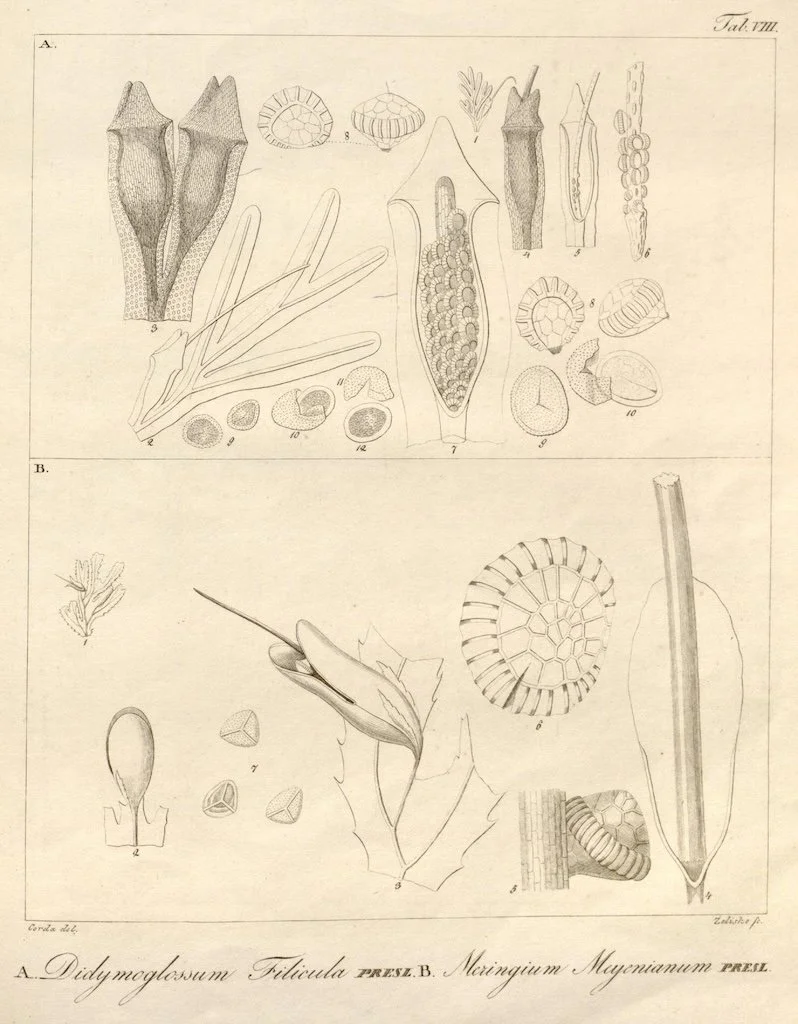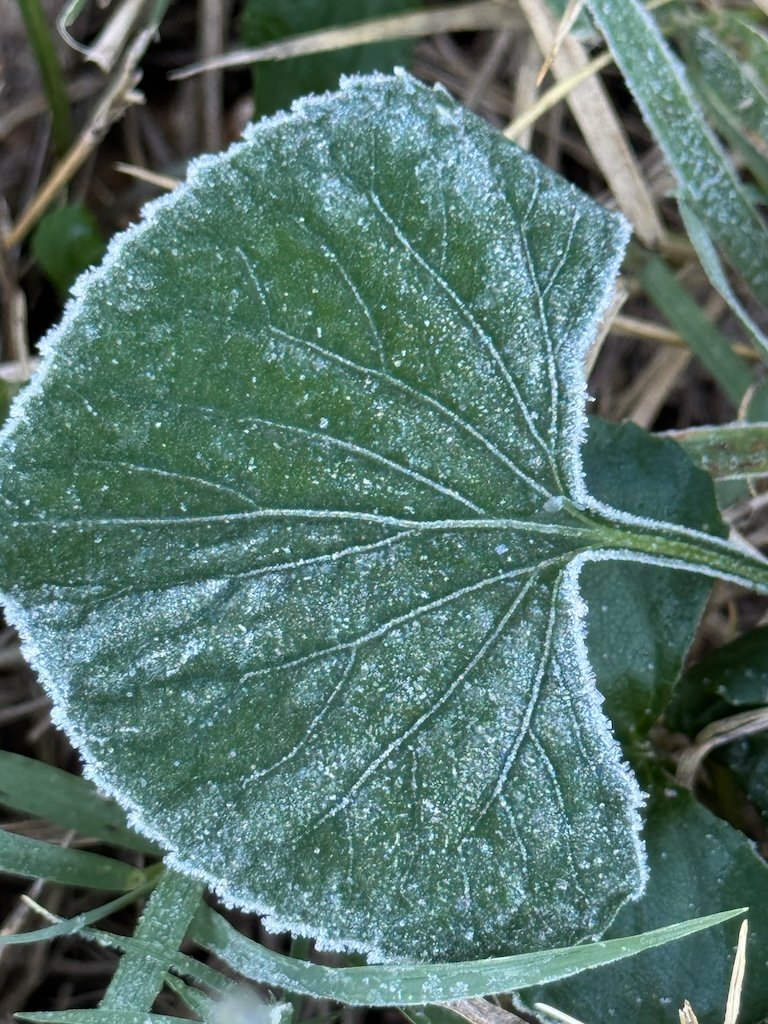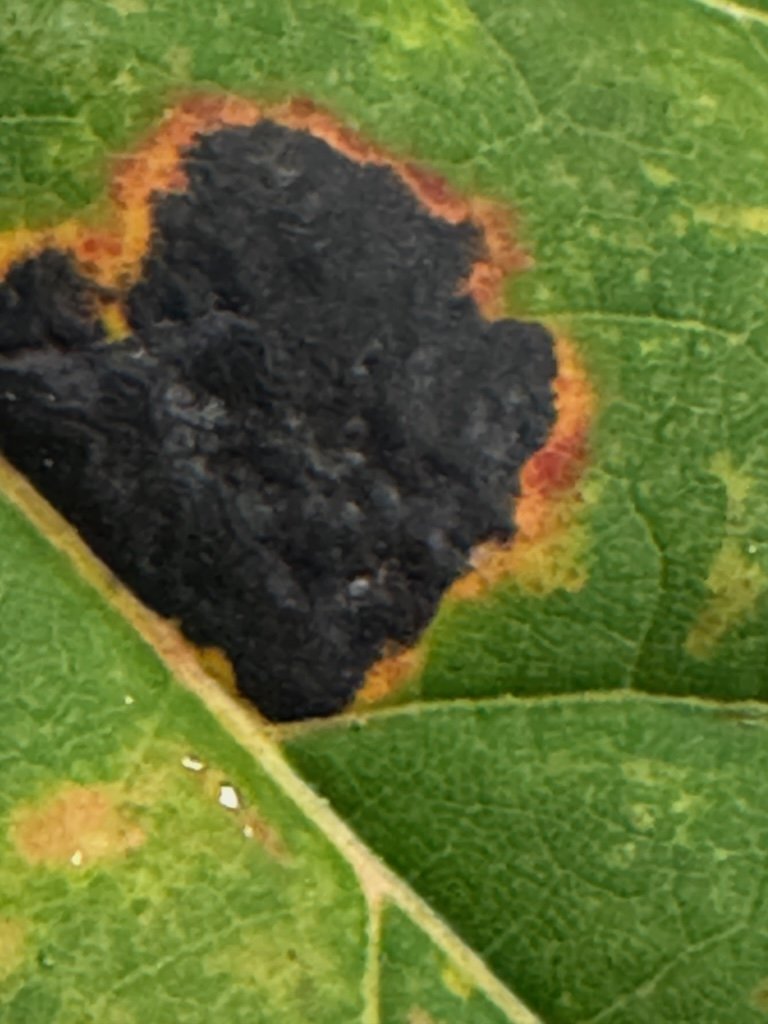Gleanings of the Week Ending November 02, 2024
/The items below were ‘the cream’ of the articles and websites I found this past week. Click on the light green text to look at the article.
Astonishing Photo of Millions of Monarch Butterflies Wins 2024 European Wildlife Photographer of the Year Contest – Starting out the gleanings list this week with beautiful images from nature.
Iceberg A-68: The story of how a mega-berg transformed the ocean - Scientists following A-68's birth and demise were able to track just what such giant icebergs do to the surrounding ocean. For its short, transient life as an iceberg, A-68 became a frozen lifeboat for a wide range of species. Over its three-and-a-half-year journey since it broke away from the Antarctic ice shelf, A-68 lost 802 billion tons of ice as it thinned from an average thickness of 770ft (235m) to 551ft (168m). Over a three-month period at the end of 2020 and start of 2021, it dumped an estimated 152 billion tons of fresh water into the ocean – that is equivalent to almost 61 million Olympic-sized swimming pools. At the peak of its breakup, around 1.5 billion tons of fresh water was gushing into the ocean every day. The crushing weight of the freshwater from A-68a as it melted may have helped force carbon-based material down more quickly, to depths where it was less likely to be eaten.
Salmon Make a Long-Awaited Return to the Klamath River for the First Time in 112 Years, After Largest Dam Removal in U.S. – Four dams blocked the salmon’s migration between the Klamath basin and the Pacific Ocean…but now the dams have been removed, and the fish are returning. The first salmon in the river since 1912 were spotted less than two months after the last dam was removed.
Avian architects: weaver birds in Africa have unique building styles – The African white-browed sparrow weavers build nests that look like pompoms in acacia trees. Some families build roosts that are very long, with long entrance and exit tubes; others will build roosts that are much shorter, with hardly any tubes. Essentially, it looks like different white-browed sparrow weaver families have different architectural styles. Researchers excluded all environmental and genetic explanations for the differences in the structures built by different families. Maybe, like humans, some species of birds have their own architectural traditions passed on across generations through social interactions.
Huge! A Roman Engineering Marvel Reaching Across a Spanish City - In Segovia, the Romans built an aqueduct that stands as arguably their greatest architectural legacy from six centuries in Spain. After drawing water from the Frio River, the aqueduct runs underground for some 10 miles before appearing in Segovia as a grand, elegant beast that strides for nearly 2,400-feet across the town. Comprised of more than 20,000 blocks of granite and erected without a lick of mortar, at its highest point the aqueduct reaches more than 90-feet high with narrow, double arches. It remained in use until the late 1970s.
Life-saving spongelike 'bandage' rapidly stops hemorrhaging and mitigates risk of infection - A liquid gel comprised of siloxanes (silicon and oxygen) that is delivered via a special two-chamber syringe which rapidly expands into a spongy foam upon exposure to each other within the wound in under one minute. The sponge applies pressure to restrict the hemorrhage at the delivery site while also serving as an antibacterial agent because of the silver oxide in it.
Learning in the Environment: The Importance of Expanding Outdoor Education Across the United States - Although environmental discussions are expanding in schools, students often lack the opportunity to interact with the natural world through outdoor education, including place-based learning located in nature. The widespread decline of green spaces, especially in densely populated areas, restricts youth engagement with the environment. Interacting with the outdoors helps students to understand not only the environment itself but the role they can play in protecting it.
Chickpeas: Sustainable and climate-friendly foods of the future - Chickpeas are a drought-resistant legume plant with a high protein content that can complement grain cultivation systems even in urban areas. I have discovered that roasted chickpeas is my favorite ‘crunch’ topping for soups and salads!
Photo Contest Celebrates Excellence in Architectural Photography – I haven’t done much architectural photography…but maybe it is something to consider…when I am not able to do nature photography (which is my favorite).
Grasslands live in the climate change fast lane - The rapid shifts in grassland communities involve not only the gain of some hotter, drier species but also the loss of some cooler, wetter species. These shifts might have negative consequences such as dominance by non-native species and loss of biodiversity.




























































































































































































































